Types of electrical Terminal Block
Types of electrical Terminal Block
Terminal Block explained electricity
Terminal Block Electrolytics are classified based on characteristics and termination options.
Let’s explore some of the types we encounter in the industry today.
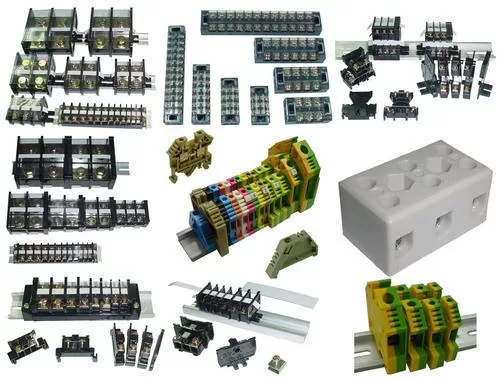
In this article, we will introduce you to electrical Terminal Block which are an important component in any industrial environment.
Electrical Terminal Block are insulated frame components whose sole purpose is to secure two or more wires together.
Why do we use Terminal Block Electricity?
we will…. You may ask, if you want to connect wires, why not just solder them together?
Or twist them together and wrap them with electrical tape?
Using Terminal Block Electric is a much better solution for wiring. Terminal Block Electricity offers more flexibility.
For example, when using Terminal Block electricity,
Wire adjustments are easy because wires can be quickly removed or added.
Terminal Block Electrical Wiring Block is neat and organized allowing for quick identification making adjustment and troubleshooting easier.
We’ll show you more good reasons to use electricity Terminal Block later in this article.
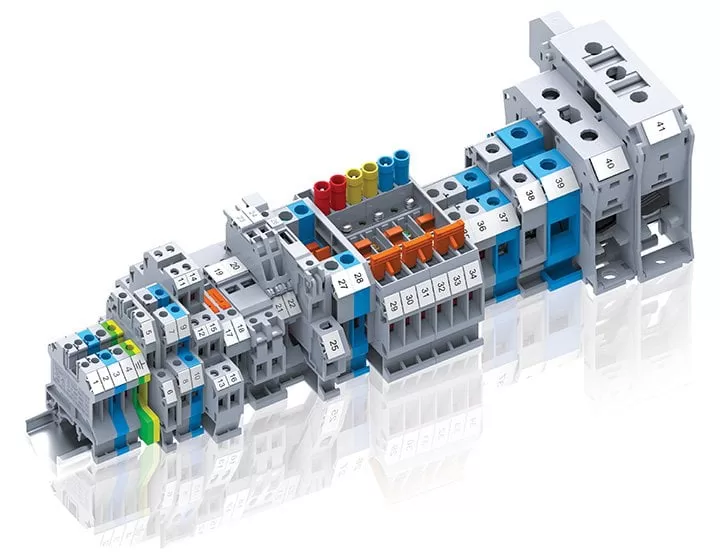 Electrical properties of rosetta
Electrical properties of rosetta
Electrical Terminal Block are classified based on characteristics such as structure, device type, and termination options.
Let’s explore some of the classifications and characteristics of rosetta electricity commonly encountered in industry today.
There are a variety of methods used to connect the wires inside the electrical rosetta.
Let’s take a look at some of the most popular.
1) Screw in the terminal block
Probably the most common method of connection is the screw terminal block.
Threaded electrical Terminal Block are those that use screws as a way to hold the wires.
Be careful! Over-tightening screws may damage the wiring and result in poor or potentially dangerous connections.
 2) Barrier electrical Terminal Block/European connectors
2) Barrier electrical Terminal Block/European connectors
An electrical rosette bulkhead block is very similar to a screw terminal block because it uses screws to attach wires.
Depending on the application and environment, the terminal barrier strip may have a small cap to protect the wires
Like the screw terminal block, it is important to strip the wire to the correct length otherwise the screw clamp may not contact the wire itself.
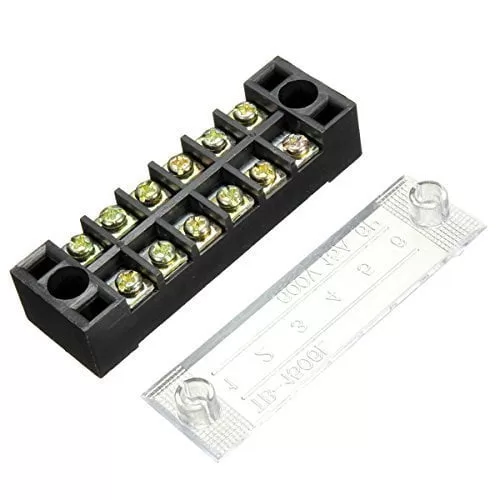
3) Spring cage end block/spring loaded connection
Another common method of wired connection is spring-loaded electrostatic rosettes.
The connection is made by simply inserting the wires.
Most of these electrical rosettes require that the wire be connected to a ferrule before inserting it.
The ferrule or wire is attached and released by inserting a spring-loaded release device.
Some sellers have a unique device to remove the spring while others require a small screwdriver.
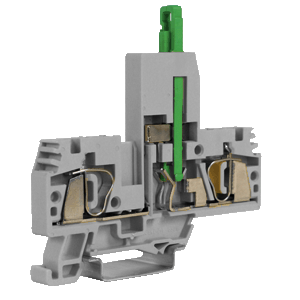 4) Push-in/push-in electrical rosettes
4) Push-in/push-in electrical rosettes
The Push-fit or Push-in terminal block has become very popular. Much like a spring-loaded electric rosetta,
Often requires “push installation” The wire is covered with a ring.
Many vendors make push-fit electrical rosettes.
The connection is made by simply inserting the wires.
The big difference between spring-loaded and compression-fit electric rosettas is the way the wire is released.
The Terminal Block Electrostatic Pressure Release Device has a release device mounted directly next to the wire insertion point.
 5) Terminal Blockt IDC
5) Terminal Blockt IDC
Another electrical rosetta that was first used in the telecommunications industry is the insulation displacement conductor or IDC.
It is not necessary to remove the wire insulation before inserting it. Two sharp blades inside the rosetta will cut electricity through the insulation and come into contact with the wire.
When first introduced, this type of Terminal Block was electrostatic
More suitable for solid wire than stranded strands although there are vendors that make IDC for both.
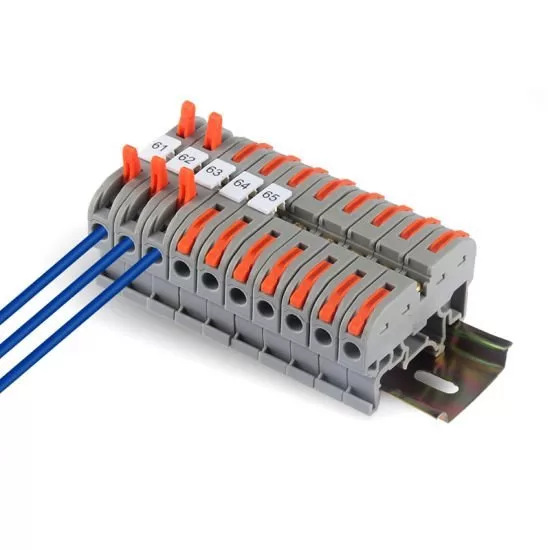 6) Connectable electrical rosettes
6) Connectable electrical rosettes
As the name suggests, a pluggable rosetta has a socket to allow connection to a socket.
The wire is inserted and secured with a screw.
Corded connection is via a plug and socket configuration.
This electrical rosetta is used in situations that require quick disconnection.
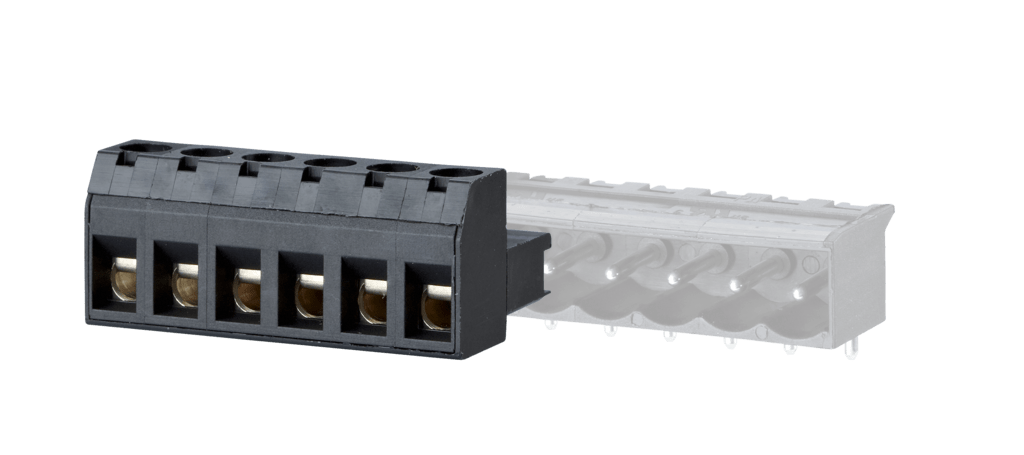 7) Electrical rosettes tab
7) Electrical rosettes tab
In Terminal Block Electricity’s conductor tab, a wire connected to a conductor is pushed into a tab.
The wire can be solid or soldered depending on the type of connector.
Electrical rosettas are also available for a tabbed connector where one side of the electrical rosetta is a
Tab connection and the other side of the electrical rosettes is a screw clip connection
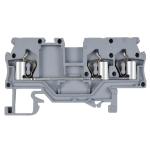 Types of electrical rosettes
Types of electrical rosettes
Well… now that we’ve investigated some of the most common connection methods, let’s take a look at some of the different types of electrical contacts.
1) Terrestrial Terminal Block
At first glance, the ground electric rosetta looks like a typical screw-in electric rosetta.
Instead of connecting wires, a ground electrical rosetta connects the incoming wire to ground.
The wire is terminated by the panel, DIN rail, or wherever the block is mounted… We’ll talk more about DIN rails later.
 2) Terminal Block with protection fuse
2) Terminal Block with protection fuse
Fuse-conducting electrical rosettes have a fuse inserted in series between the wire
Wired in and out eliminating the need for external over-current protection.
To help troubleshoot
Many vendors include a built-in Fuse Failure LED circuit to provide a visual indication of the status of the fuse.
 3) Thermal Terminal Block
3) Thermal Terminal Block
The thermocouple block is designed to accept thermocouple lead connections.
Thermocouples cannot be connected to typical electrostatic systems.
Once the thermal wire comes into contact with the conductive material inside the electrical rosettes
, unwanted intersection occurs.
Any dissimilar metals bonded together will create a new junction,
Hence, unwanted effort.
To avoid creating a new intersection,
Some thermocouple connectors hold the leads of the thermocouple together on either side of the block.
Some vendors have developed thermocouple blocks with an internal metal conducting strip made of the same metal as the thermocouple wire itself
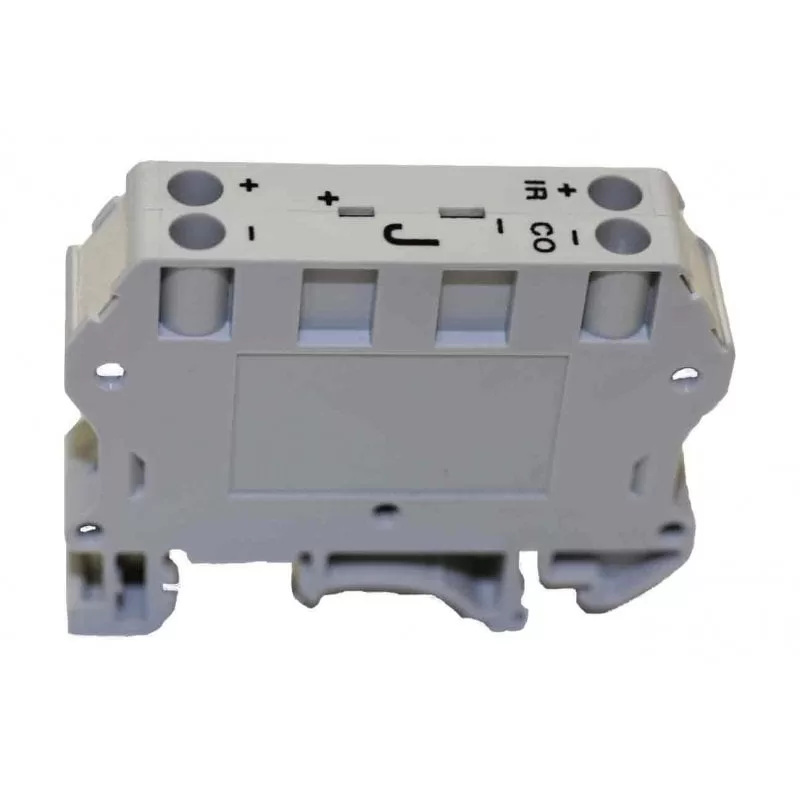 Terminal Block is multi-level
Terminal Block is multi-level
Often times, space inside a cabinet or electrical panel is limited.
To save space, individual rosettas can be connected to groups or groups and generally form in multi-level configurations.
Each composition has a different number of layers or levels.
For example, three-level electrostatic Terminal Block have three layers.
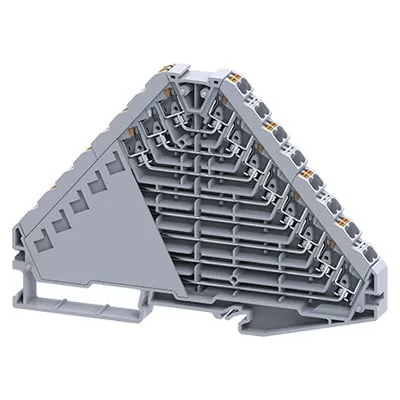 Schematic example of Terminal Block
Schematic example of Terminal Block
In this schematic example, Terminal Block Electricity has 3 levels.
We are only showing 4 of the many Terminal Block Electrics builds called TB4101.
The levels are designated as B for bottom or tier 1, M for middle or tier 2, and T for top or tier 3.
Interpreting this schematic is not that difficult once you know that Terminal Block is multilevel electrostatic.
The label TB4101-2M means that the wire is connected to TB4101, electrical Terminal Block 2, layer 2.
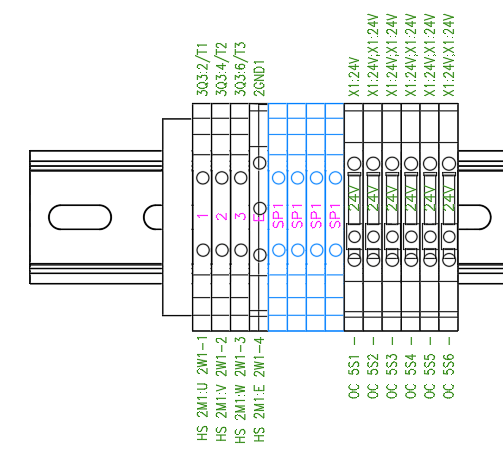 Installing electrical Terminal Block
Installing electrical Terminal Block
Electrical Terminal Block are installed in several ways, but the most common is by attaching them to a DIN rail.
A DIN rail is a standard size metal rail used universally for mounting devices and components inside electrical panels and equipment racks.
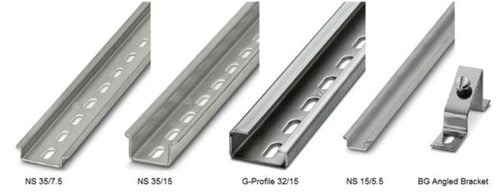 summary
summary
An electrical rosetta is a component with an insulated frame whose sole purpose is to secure two or more wires together.
– Electrical Terminal Block are classified based on characteristics such as structure, device type, and termination options.
– Methods of connecting the station block include electrical Terminal Block
Screw in
Bulkhead connectors/Europe
Cage spring/spring loaded connection
Pay in/valid payment
Insulation offset/quick connection
Connectable
Unpaid invoice
– Includes types of electrical Terminal Block
My land
Fused
Thermal
– The most common way to install a Terminal Block Electric terminal block is to install with a DIN rail.
If you want to shop for electricity Terminal Block, you can check out Gahzly Market.
Using Gahzly Market,
You can order different types of high-quality electrical Terminal Block at great prices.
Also, if you have any questions regarding the type of electrical rosettas to order or about electrical rosettas in general,
You can contact our experienced technical support team.
We are pleased that you visit our social media pages, where we publish exclusive offers on our website.
Our Facebook page Here.
Our Twitter account Here.






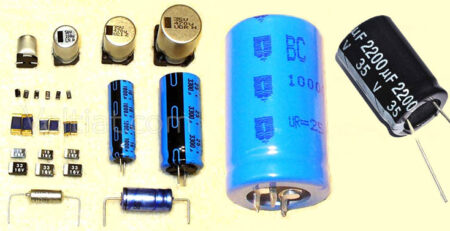
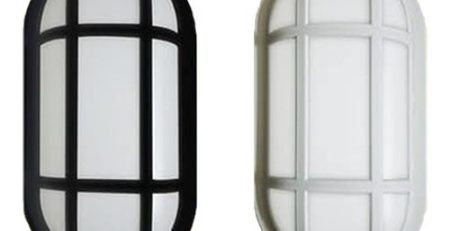


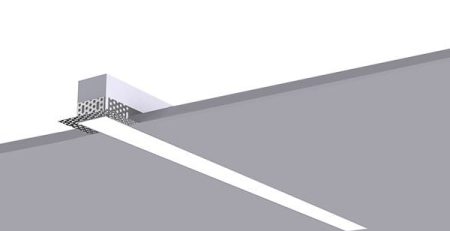
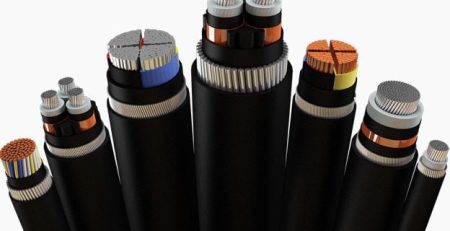

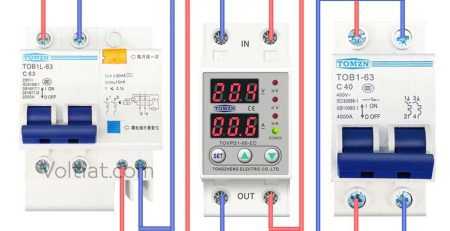

Leave a Reply
You must be logged in to post a comment.